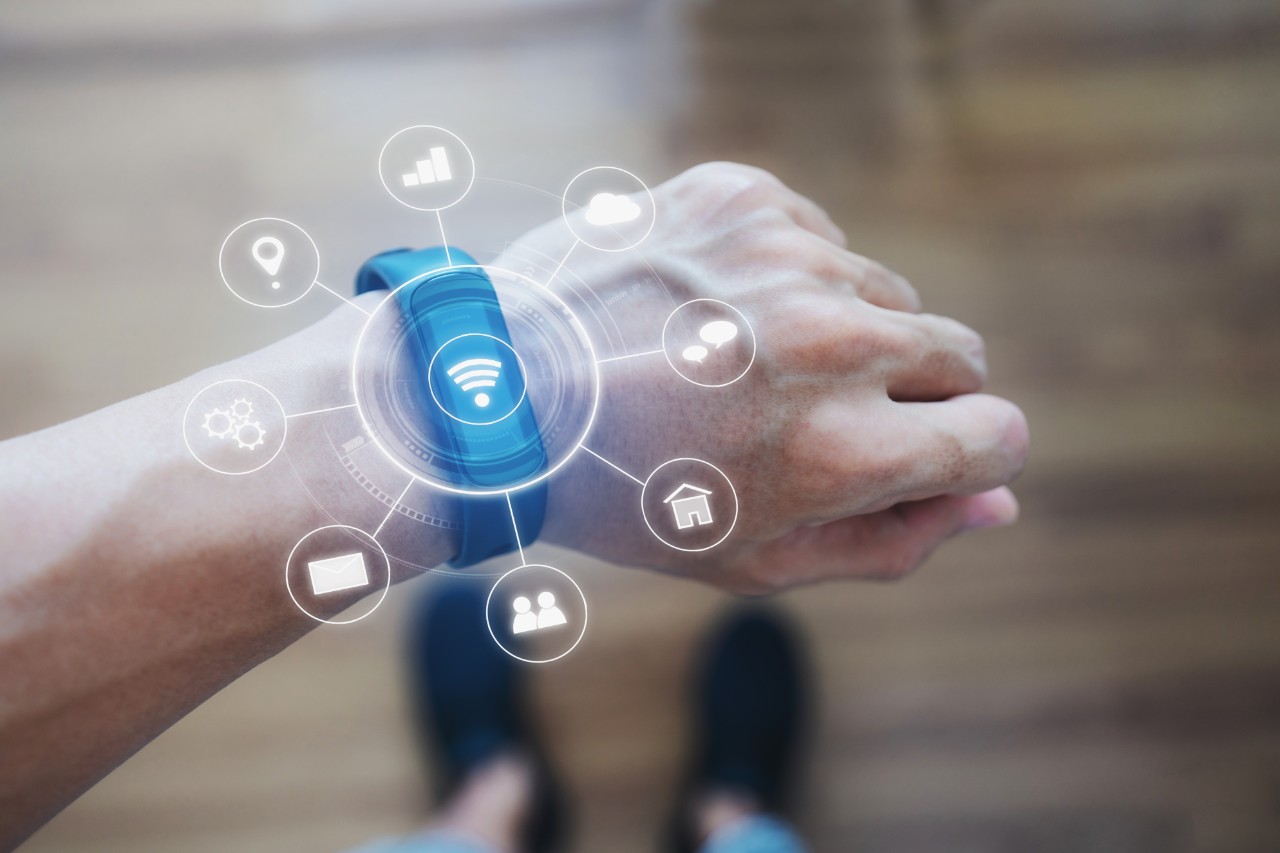Exploring the Future of Wearable Technology
Wearable technology is set to revolutionize healthcare, fitness, and communication, offering more personalized and seamless experiences.

The Rise of Wearable Technology
Wearable technology has transformed from a niche market to a mainstream industry, driven by advancements in miniaturization and connectivity. These devices, once limited to fitness trackers and basic smartwatches, now encompass a wide range of products that enhance daily life. The integration of sensors, processors, and wireless communication in compact forms has made it possible to monitor health, improve productivity, and even entertain. As more consumers embrace this technology, companies are investing heavily in research and development to create more sophisticated devices. The continuous improvement in battery life and the development of new materials are also pivotal in expanding the capabilities and comfort of wearables. As we move forward, the potential applications of wearable technology seem limitless, promising to revolutionize how we interact with the world.
Health Monitoring Revolution
One of the most significant impacts of wearable technology is in the field of health monitoring. Devices like smartwatches and fitness bands are equipped with sensors that can track vital signs such as heart rate, blood oxygen levels, and even sleep patterns. This constant stream of data empowers users to make informed decisions about their health and lifestyle. Moreover, these devices are now incorporating advanced features like ECG monitoring and blood pressure tracking, which were once only available through medical equipment. This shift not only enhances personal health management but also aids healthcare professionals in providing better care. By analyzing the data collected by wearables, doctors can detect early signs of health issues, leading to timely interventions. The integration of artificial intelligence further enhances the accuracy and usefulness of these insights, making wearables an indispensable tool in preventive healthcare.
Enhancing Productivity and Connectivity
Beyond health, wearable technology is playing a crucial role in enhancing productivity and connectivity. Devices such as smart glasses and augmented reality headsets are being used in various industries to streamline workflows and improve efficiency. For instance, in logistics and manufacturing, workers can receive real-time instructions and data overlays, reducing errors and increasing output. These devices also facilitate hands-free communication, allowing users to stay connected without interrupting their tasks. The seamless integration with smartphones and other smart devices ensures that users can access information and communicate on the go. As the line between physical and digital worlds continues to blur, wearables are becoming essential tools for professionals seeking to optimize their work processes and stay ahead in an increasingly competitive environment.
Fashion Meets Functionality
The evolution of wearable technology is not limited to functionality; it also extends to fashion. Designers and tech companies are collaborating to create wearables that are not only functional but also stylish. This fusion of technology and fashion is making wearables more appealing to a broader audience. From smart jewelry that tracks fitness to high-tech fabrics that adapt to weather conditions, the possibilities are endless. These innovations ensure that wearables are not just gadgets but an integral part of one's personal style. As technology becomes more integrated into our daily lives, the demand for aesthetically pleasing devices will continue to grow. This trend highlights the importance of balancing form and function in the design of future wearables, ensuring they are both useful and fashionable.
The Role of Artificial Intelligence
Artificial Intelligence (AI) is a driving force behind the advancement of wearable technology. By analyzing vast amounts of data collected by wearables, AI can provide personalized insights and recommendations. This capability is particularly beneficial in health and fitness, where AI can suggest personalized workout plans and dietary recommendations based on an individual's activity levels and goals. Additionally, AI enhances the functionality of wearables by enabling voice recognition and natural language processing, allowing users to interact with their devices more intuitively. The integration of AI also paves the way for more advanced applications, such as predictive analytics and real-time translation, further expanding the potential of wearable technology. As AI continues to evolve, it will undoubtedly play an even more significant role in shaping the future of wearables.
Challenges and Considerations
Despite the numerous advantages of wearable technology, several challenges remain. Privacy and data security are major concerns, as wearables collect sensitive information that could be exploited if not adequately protected. Manufacturers must prioritize security features to safeguard user data and maintain trust. Additionally, issues related to battery life and device interoperability continue to pose challenges. Users expect their devices to last longer and work seamlessly with other technologies. Addressing these challenges requires ongoing innovation and collaboration between tech companies, designers, and policymakers. Ensuring accessibility and affordability is also crucial to making wearable technology available to a wider audience. By tackling these challenges, the industry can unlock the full potential of wearables and ensure their sustainable growth.
The Future Landscape
The future of wearable technology is promising, with endless possibilities on the horizon. As technology continues to advance, wearables will become more integrated into our daily lives, offering even greater convenience and functionality. Emerging technologies such as flexible displays, advanced biometrics, and wireless charging will further enhance the capabilities of these devices. Additionally, the development of smart fabrics and implantable devices could redefine the concept of wearables altogether. These innovations will not only improve existing applications but also open up new opportunities in areas like education, entertainment, and personal safety. As we look to the future, it is clear that wearable technology will play an increasingly vital role in shaping our interactions with the world, making life more connected and efficient.